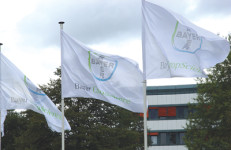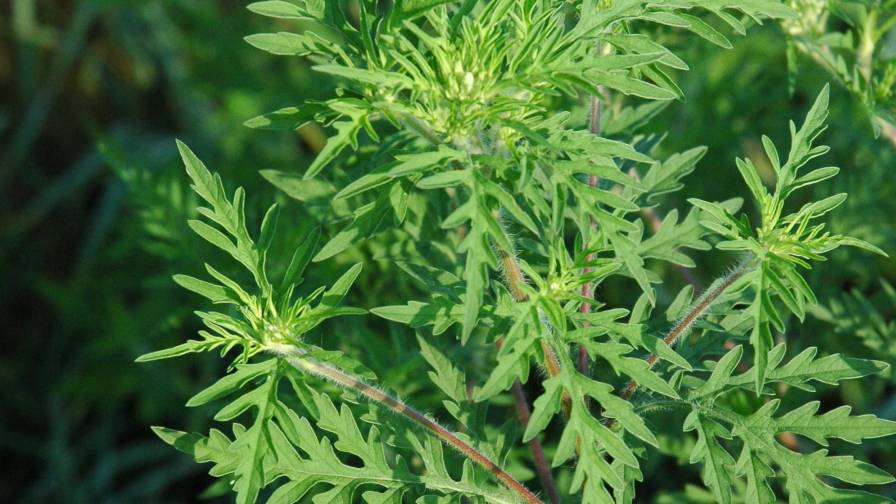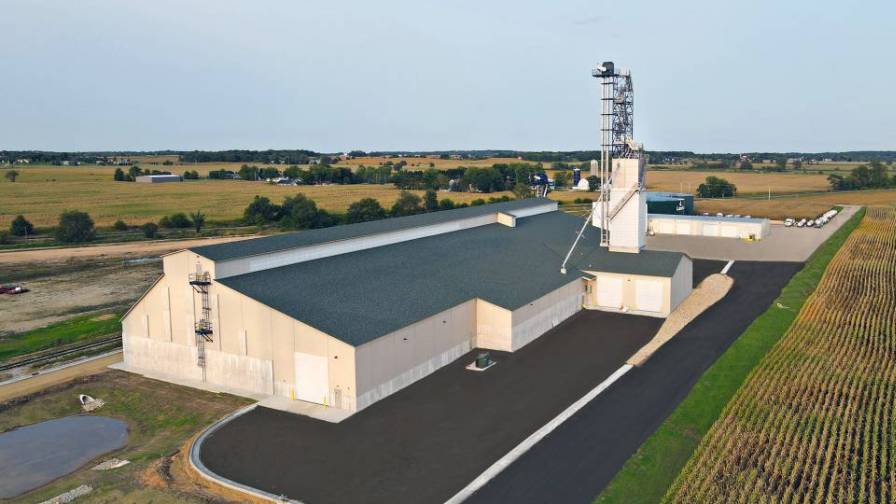Shifting Fortunes
 As the world’s leading crop protection product manufacturer, Bayer CropScience AG has no plans to relinquish its commitment to this market. Indeed, the market share crop protection products represent within the company’s total sales structure will remain at more than 70% over the next decade.
As the world’s leading crop protection product manufacturer, Bayer CropScience AG has no plans to relinquish its commitment to this market. Indeed, the market share crop protection products represent within the company’s total sales structure will remain at more than 70% over the next decade.
However, Bayer CropScience will begin moving a substantial portion of its market focus from this segment to faster-growing ones, including seed.
In mid-September, CropLife® was one of a handful of American-based trade magazines invited to attend Bayer CropScience’s annual press conference in Monheim, Germany. During the meeting, Prof. Dr. Friedrich BerÂschauer, chairman of the board of management for Bayer CropScience AG, described the company’s marketing plans through 2015.
“There will be a distinct shift in our product portfolio over the coming years,” said Berschauer. “Whilst crop protection will remain the mainstay of our company, the more rapid growth in the seed and traits and environmental science areas will lead to these business units gaining in the proportion of sales.”
In truth, he added, it was no mystery why Bayer CropScience is taking this route forward. For the past few years, crop protection product sales have struggled worldwide and the first half of 2006 has been no exception to this trend. “Our crop protection business suffered as a result of the weather conditions and the difficult market conditions in Brazil, falling by a total of 1.9%,” said Berschauer. This decline put total crop protection sales for Bayer CropScience during the first half of 2006 at $3.37 billion.
Particularly hard hit were sales of the company’s insecticides business, which dropped 6.1% to $835 million. Likewise, seed treatment sales — which are reliant on insecticide and fungicide popularity — also fell 6% to $274 million. “For insecticides, this was mainly due to the divestment of some of our older active ingredients in 2005 as part of our ongoing portfolio adjustment,” said Berschauer. “For seed treatments, the drop was the result primarily of the European Union sugar market reform, which has led to a reduction in the area under sugar beet cultivation.”
Herbicide sales for Bayer CropScience declined 0.9% over the same time period to $1.34 billion. Berschauer blamed this drop on the lingering drought conditions in Australia and parts of the U.S. hurting cereal and cotton crops.
The one bright spot among crop protection segments was fungicides, where sales improved 2% to $917 million. “This growth was driven by the excellent development of our new cereal treatment prothioconazole,” he said. Introduced in 2004, prothioconazole increased sales 31.4% during the first half of 2006 to $142 million. It currently ranks fifth among Bayer CropScience’s top selling crop protection products.
Instead, Bayer CropScience plans to restructure its crop protection business to focus on newer, more profitable active ingredients while divesting older ones from its portfolio. According to Dr. Rödiger Scheitza, labor director and head of portfolio and supply chain management for the company, Bayer CropScience has sold 29 active ingredients over the past six years, with more divestments on the way.
“Our main attention in portfolio management is focused on gradually transferring business from less profitable products to these new active ingredients — in other words, successively replacing older active ingredients by ones with higher value creation,” said Scheitza. “Our active portfolio management means that we will conduct our business with diminishing numbers of active ingredients. While there were 114 in 2000, it should be only 99 active ingredients at the end of this year. Bayer CropScience plans to reduce this number further to 87 by 2010.”
Going With More Seed
While Bayer CropScience reduces its crop protection portfolio, the company hopes to expand its seed and traits business. In particular, Bayer CropScience is targeting four segments for its seed efforts — vegetables, rice, canola, and cotton. By 2015, the company believes seed and traits sales will represent approximately 15% of Bayer CropScience’s total revenue, up from 5.5% today.
However, he added, the company doesn’t plan to get involved directly in soybean or corn seed. “Those two markets already have several seed producers, so it makes more sense for Bayer CropScience to look for partners in those areas rather than enter them directly,” said Scheitza.
As for the company’s future, Scheitza foresees more growth potential on the horizon. “We are convinced that Bayer CropScience will be able to maintain its leading position in conventional crop protection on the basis of innovative active ingredients and simultaneous portfolio adjustments,” he said. “In view of the forecast, above average growth of the seed business in Bayer CropScience’s key crops — vegetables, rice, cotton, and canola — we are confident that we will be able to substantially enlarge our position in the seed market in the next decade.”






